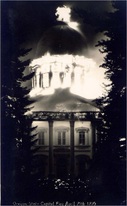
The west-facing State Capitol building was destroyed by fire in 1935; only a few sections of exterior masonry walls remained. Many state agencies were also housed here and a majority of their archival records were lost. The need to replace the seat of Oregon's government, along with the need to house the expanding government services the populace now demanded, ushered in an era of ongoing redevelopment and expansion of what would be known as the Capitol Mall. In order to impact fewer existing institutional and commercial buildings, it was decided to reorient the Capitol to the north, a decision fraught with impact for the area to the north known as Piety Hill--home to many of the affluent and powerful.
 Piety Hill, as photographed in 1910.
Piety Hill, as photographed in 1910. 
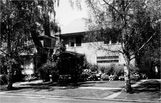



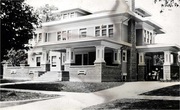

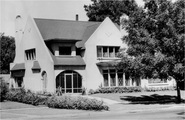


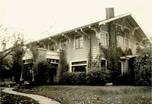


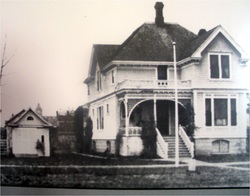



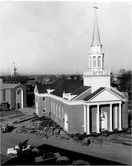
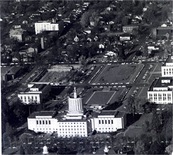


 RSS Feed
RSS Feed